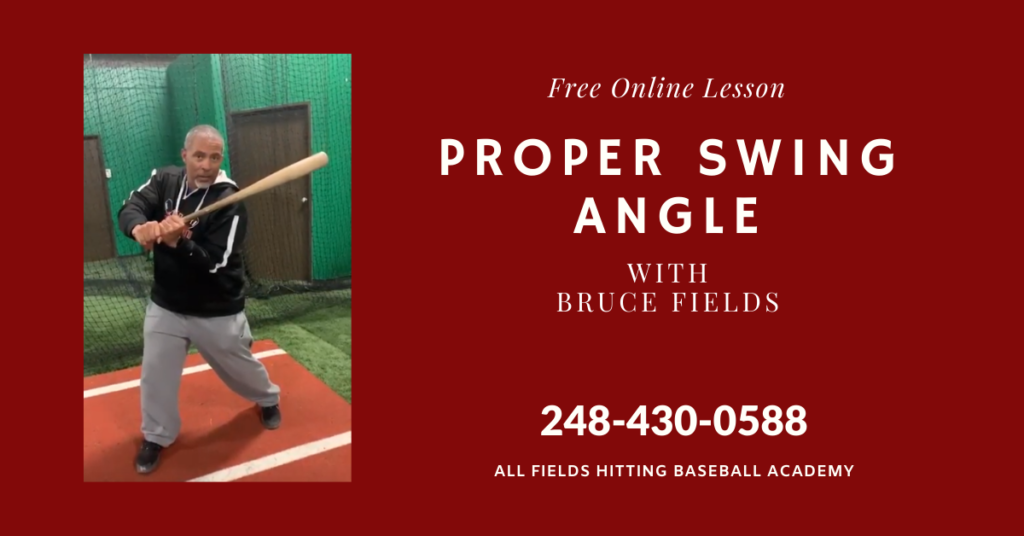Split-Fingered Fastball
The split-fingered fastball is not really a fastball, and it’s also not a breaking ball, although it’s thrown with a fastball motion and it does appear to move down in the zone, although it’s not thrown with pronation or supination so it doesn’t technically “break”. The splitter is often thrown 5-15 MPH slower than a fastball, therefore it’s classified as an offspeed pitch. The physics of a split-fingered fastball are different than almost any other pitch.
To grip the split-fingered fastball, your fingers spread wide to grip on the outside of the seams of the large horseshoe. This feels awkward with smaller hands, and often can’t be taught to youth players. The thumb rests on the underside of the baseball like normal. The pitch is thrown with a normal fastball arm motion, but because the ball is loosely gripped between the fingers (as opposed to a good grip with the fingertips), the split-finger has a lower velocity. The loose grip also produces less backspin compared to a fastball which, along with its slightly lower velocity, is the reason for the ball dropping out of the strike zone. Splitters are great strikeout pitches when thrown low in the zone because it looks like a hittable fastball until the very end.
Knuckleball (and Forkball)
The Knuckleball is so different from every other pitch, it gets its own category. The only other pitch that comes close is the forkball, which we will talk about last. The knuckleball is somewhat of a novelty, although it’s very much real pitch. It’s a novelty because once it leaves the pitcher’s hand, nobody knows where it will go.
All of the other pitches we’ve talked about use the principle of rotation to create movement. The knuckleball does the extreme opposite. It’s intentionally thrown with as little rotation as possible. When a pitch rotates, you can predict how the air resistance will react with the rotating seams to create movement. But with no rotation, the position of the seams is random, and how the air resistance makes it move is random as well. The best knuckleballs dance and move in several different directions during their trip 60 feet, 6 inches from the pitcher’s hand to the catcher’s glove. This unpredictability is what makes knuckleballs so hard to hit but also makes them extremely hard to throw successfully.
The knuckleball is held not with the actual knuckle, but with the tips of the fingers. Different knuckleball pitchers use different finger techniques. Tim Wakefield used three fingers on the ball with his pinky finger pointed up like he was drinking a fancy cup of tea. I’ve seen knuckleballs held with two, three, and four fingers. The fingers are placed on the seam to help you grip. The exact spot on the seams is irrelevant. There is an important difference in arm motion between the knuckleball and all other pitches, as well. Most pitchers throw their pitches from over the top, with their arm bending at the elbow to create a slingshot motion. Knuckleball pitchers look more like a shot putter. The ball is pushed to the plate, instead of thrown. The pushing motion generates much lower velocity than any other pitched ball, even slow breaking pitches. The pushing motion is also necessary to release the ball with as little spin as possible.
I chose to include the forkball with the knuckleball because the physics are basically the same, although the throwing motions are different. Not many big leaguers throw a true forkball. A forkball is held with a grip similar to the split-fingered fastball, but the fingers do not touch the seams. Instead, the forkball grip is on the white horseshoes. The forkball is what’s called a “slip pitch”, meaning that it slips out of your hand, rather than being thrown with rotation. It’s thrown with a fastball motion, but slips out from between the fingers and, when thrown properly, floats to the catcher with no rotation, exactly like a knuckleball. Because of the fastball throwing motion, the forkball has considerably more velocity than a normal knuckleball, but the result is the same. A forkball dances and moves all over the place before reaching the catcher.



